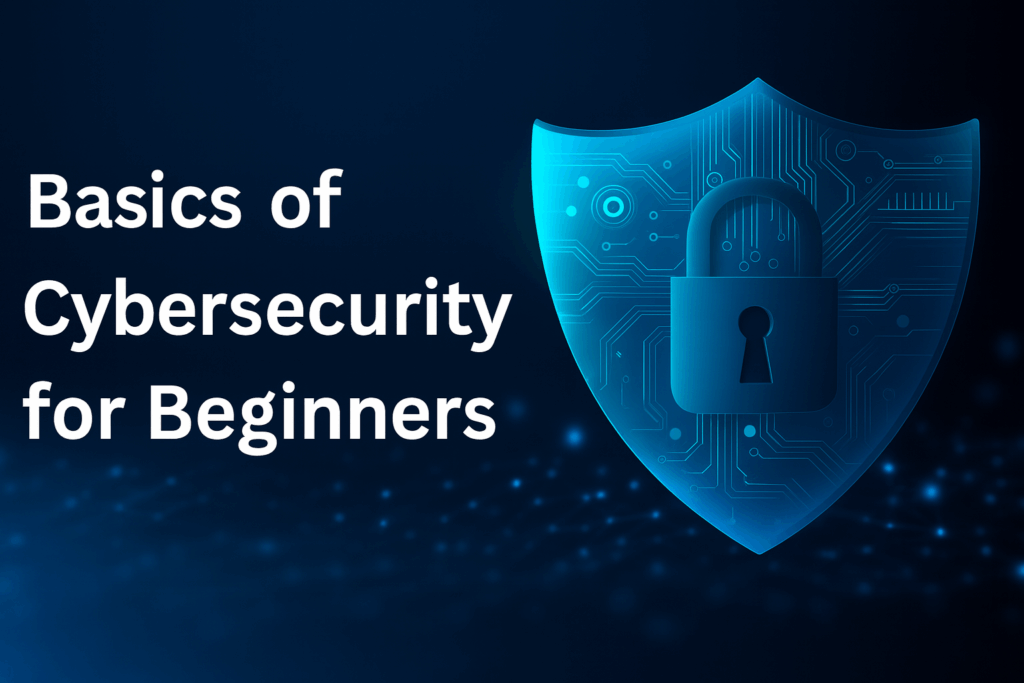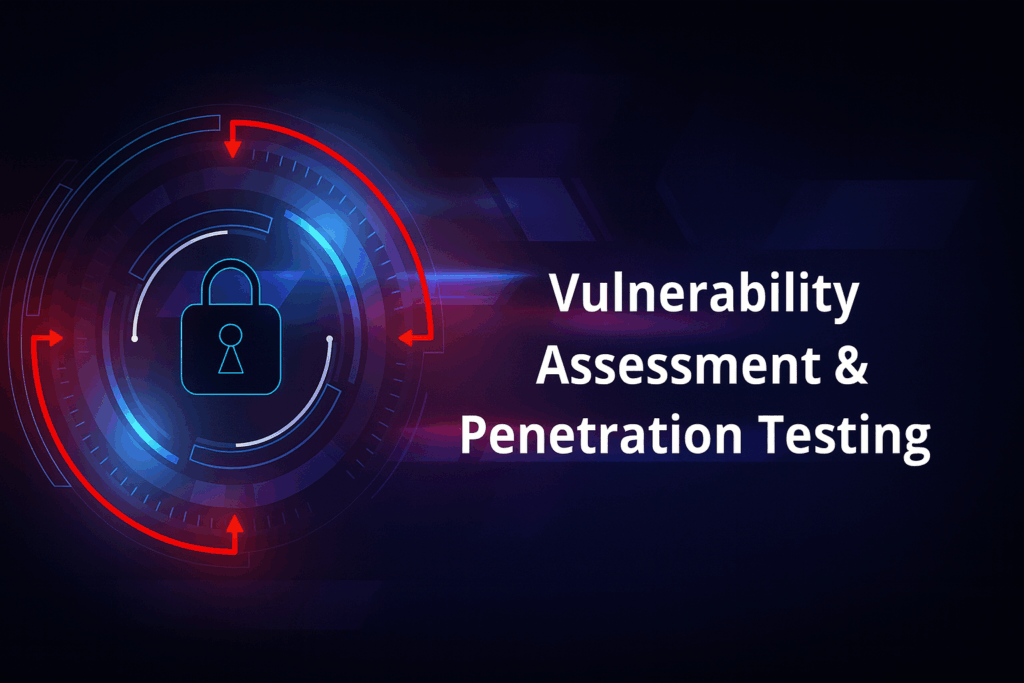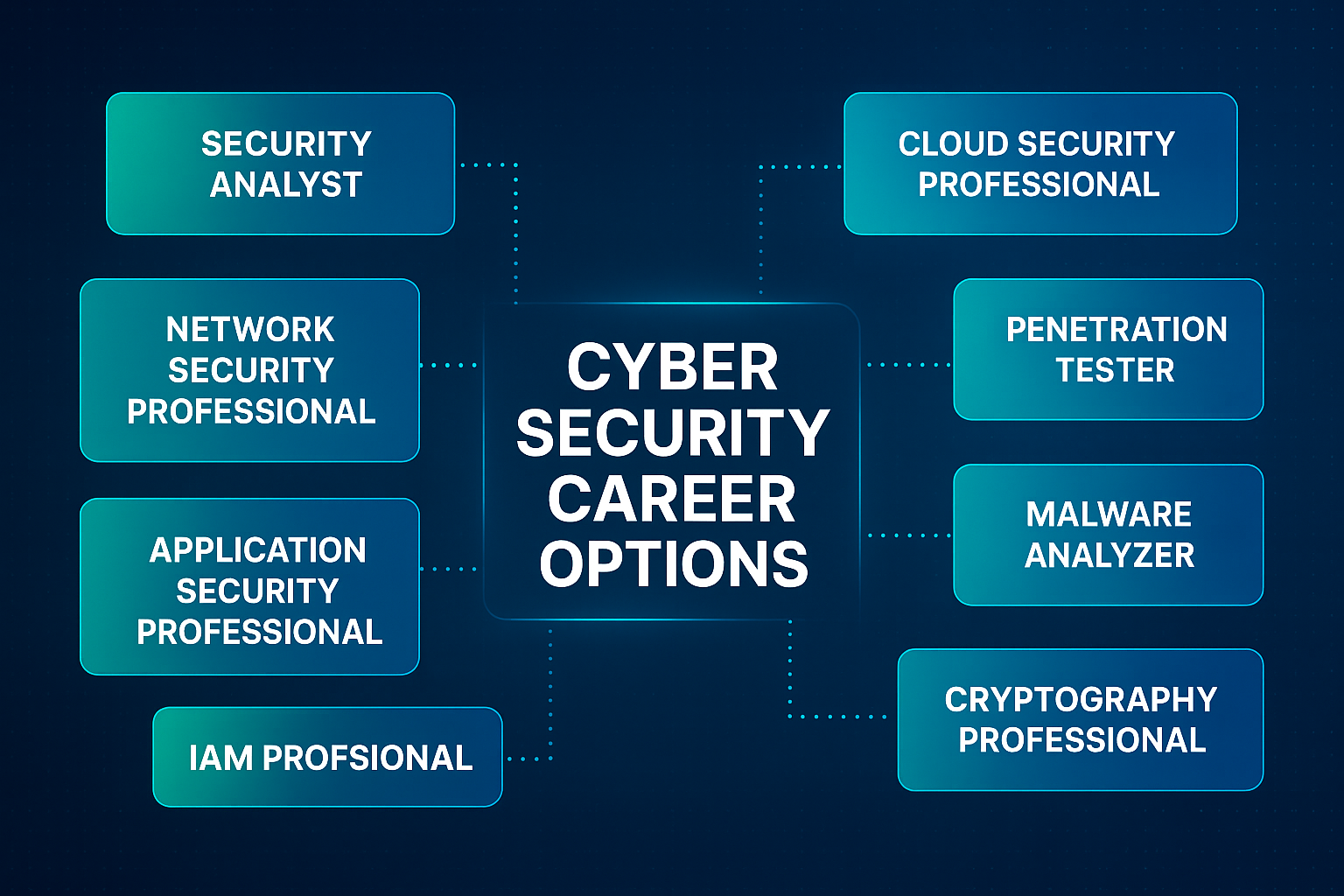What Is VA and PT in Cybersecurity?
A Beginner-Friendly Guide 2025
In today’s digital world, where cyber threats loom large, businesses and individuals alike are increasingly concerned about protecting their sensitive data. Cybersecurity terms such as Vulnerability Assessment (VA) and Penetration Testing (PT) frequently appear in discussions about securing systems, but what do they mean? If you’re new to cybersecurity or looking to strengthen your organization’s defenses, this beginner-friendly guide will break down VA and PT in simple terms. We’ll explore their differences, why they matter, and how they can protect your business from the growing wave of cyber threats. Additionally, we’ll include the latest data breach statistics to underscore the importance of robust cybersecurity practices.
Understanding Cybersecurity Basics
Cybersecurity is all about protecting your digital assets, like computers, networks, applications, and data from unauthorized access, attacks, or damage. With cyberattacks becoming increasingly frequent, businesses of all sizes require proactive strategies to maintain their security. Two key tools in this arsenal are Vulnerability Assessment (VA) and Penetration Testing (PT). While they’re often mentioned together, they serve distinct purposes in protecting data.
What Is a Vulnerability Assessment (VA)?
A Vulnerability Assessment (VA) is like a health checkup for your IT systems. It’s a systematic process that identifies, categorizes, and prioritizes weaknesses in your networks, applications, or devices that attackers could exploit. Think of it as a doctor scanning for potential health issues before they become serious problems.
How Does VA Work?
VA is a proactive approach, meaning it involves identifying potential issues before hackers can exploit them. It’s often used to ensure compliance with regulations like GDPR or HIPAA, which require regular security checks.
VA typically involves:
- Scanning: Using automated tools like Burp Suite or Nmap to monitor systems for known vulnerabilities, such as outdated software or misconfigured settings.
- Analysis: Evaluating the scan results to identify weaknesses and assess their severity.
- Reporting: Providing a detailed report with prioritized recommendations for fixing vulnerabilities.
Why Is VA Important?
- Early Detection: Spot weaknesses before they’re exploited.
- Cost-Effective: Fixing vulnerabilities early is cheaper than recovering from a breach.
- Compliance: Helps meet industry standards and avoid penalties.
What Is Penetration Testing (PT)?
Penetration Testing (PT), also known as “ethical hacking,” takes things a step further. Instead of just identifying vulnerabilities, PT involves simulating real-world cyberattacks to test how well your systems can withstand them. It’s like hiring a friendly thief to try breaking into your house to see how strong your locks are.
How Does PT Work?
PT is reactive in the sense that it tests whether identified vulnerabilities can be used to breach your system. It often involves human expertise to identify complex issues that automated scans might miss.
PT is a hands-on process, typically involving:
- Planning: Defining the scope and goals of the test, with explicit permission from the system owner.
- Attack Simulation: Ethical hackers utilize tools and techniques to exploit vulnerabilities, simulating real-world attackers.
- Reporting: Providing a detailed report on what was exploited, how, and recommendations for strengthening defenses.
Why Is PT Important?
- Real-World Testing: Validates how vulnerabilities could be exploited in a real attack.
- Improves Defenses: Highlights gaps in your security posture that need immediate attention.
- Builds Trust: Shows customers and stakeholders that you’re serious about security.

VA vs. PT: Key Differences
While VA and PT are complementary, they’re not the same. Here’s a clear breakdown to help you understand their differences:
| Aspect | Vulnerability Assessment (VA) | Penetration Testing (PT) |
| Purpose | Identify and prioritize potential vulnerabilities | Simulate real-world attacks to exploit vulnerabilities |
| Approach | Proactive, automated scanning | Reactive, hands-on testing with ethical hacking |
| Frequency | Regular (e.g., quarterly) to catch new vulnerabilities | Periodic (e.g., annually) or after major system changes |
| Cost | Generally lower, as it’s mostly automated | Higher, due to expert involvement and detailed testing |
| Output | Report with list of vulnerabilities and fixes | Report with exploited vulnerabilities and mitigation steps |
Why VA and PT Matter: The Growing Threat of Data Breaches
Cyberattacks are on the rise, and their consequences can be devastating, including financial losses, reputational damage, and legal penalties. To put things into perspective, let’s look at the latest data breach statistics for 2024 and 2025, which underscore the need for robust cybersecurity measures like VA and PT:
| Statistic | Details |
| Global Cost of Cybercrime (2025) | Projected to reach $10.5 trillion annually |
| Average Cost of a Data Breach (2024) | $4.88 million, a 10% increase from 2023 |
| Healthcare Data Breach (2024) | Largest breach at Change Healthcare affected 190 million records |
| Human Error in Breaches | 68% of breaches involve human error or social engineering |
| Ransomware Attacks | 59% of organizations reported ransomware attacks in 2024 |
| Time to Identify a Breach | Average of 204 days to identify, 73 days to contain |
How VA and PT Work Together
VA and PT are most effective when used together in a comprehensive cybersecurity strategy, often referred to as VAPT (Vulnerability Assessment and Penetration Testing). Here’s how they complement each other:
- Start with VA: Conduct a vulnerability assessment to identify all potential weaknesses across your systems. This provides a comprehensive view of your security posture.
- Follow with PT: Use penetration testing to dive deeper into high-priority vulnerabilities identified in the VA. This confirms whether they can be exploited and the severity of the impact.
- Remediate and Repeat: Fix the identified issues, then repeat VA and PT periodically to ensure new vulnerabilities haven’t emerged.
This cyclical approach strengthens your defenses over time, reduces the risk of breaches, and helps maintain compliance with regulations.

How to Get Started with VA and PT
Ready to bolster your cybersecurity with VA and PT? Here’s a simple roadmap for businesses:
- Assess Your Needs: Identify the systems, applications, or networks that require testing. For example, prioritize customer-facing apps or systems storing sensitive data.
- Choose the Right Tools: For VA, tools like Nessus, Qualys, or OpenVAS can automate scans. For PT, you’ll need skilled ethical hackers, often provided by cybersecurity firms.
- Hire Experts: While VA can be partially automated, PT requires experienced professionals. Look for certified providers with industry-specific expertise.
- Schedule Regular Tests: Conduct VA quarterly and PT annually or after central system changes to stay ahead of new threats.
- Act on Findings: Use the reports from VA and PT to prioritize fixes, patch systems, and train employees on security best practices.
Why Your Business Needs VA and PT
Whether you’re a small startup or a multinational corporation, VA and PT are non-negotiable in today’s threat landscape. Here’s why:
- Protect Sensitive Data
- Avoid Financial Loss
- Stay Compliant
- Build Customer Trust
Conclusion
Cybersecurity isn’t just for tech experts, it’s a critical concern for every business. Vulnerability Assessment (VA) and Penetration Testing (PT) are powerful tools for identifying and addressing weaknesses before they become costly breaches. By combining VA’s proactive scanning with PT’s real-world attack simulations, you can build a robust defense against cyber threats.
With cybercrime costs projected to hit $10.5 trillion by 2025 and breaches affecting millions of records, there’s no time to wait. Start integrating VA and PT into your cybersecurity strategy today to protect your business, comply with regulations, and establish trust with your customers.
Ready to take the next step? Contact us today to schedule your first VA or PT and stay one step ahead of cybercriminals!








